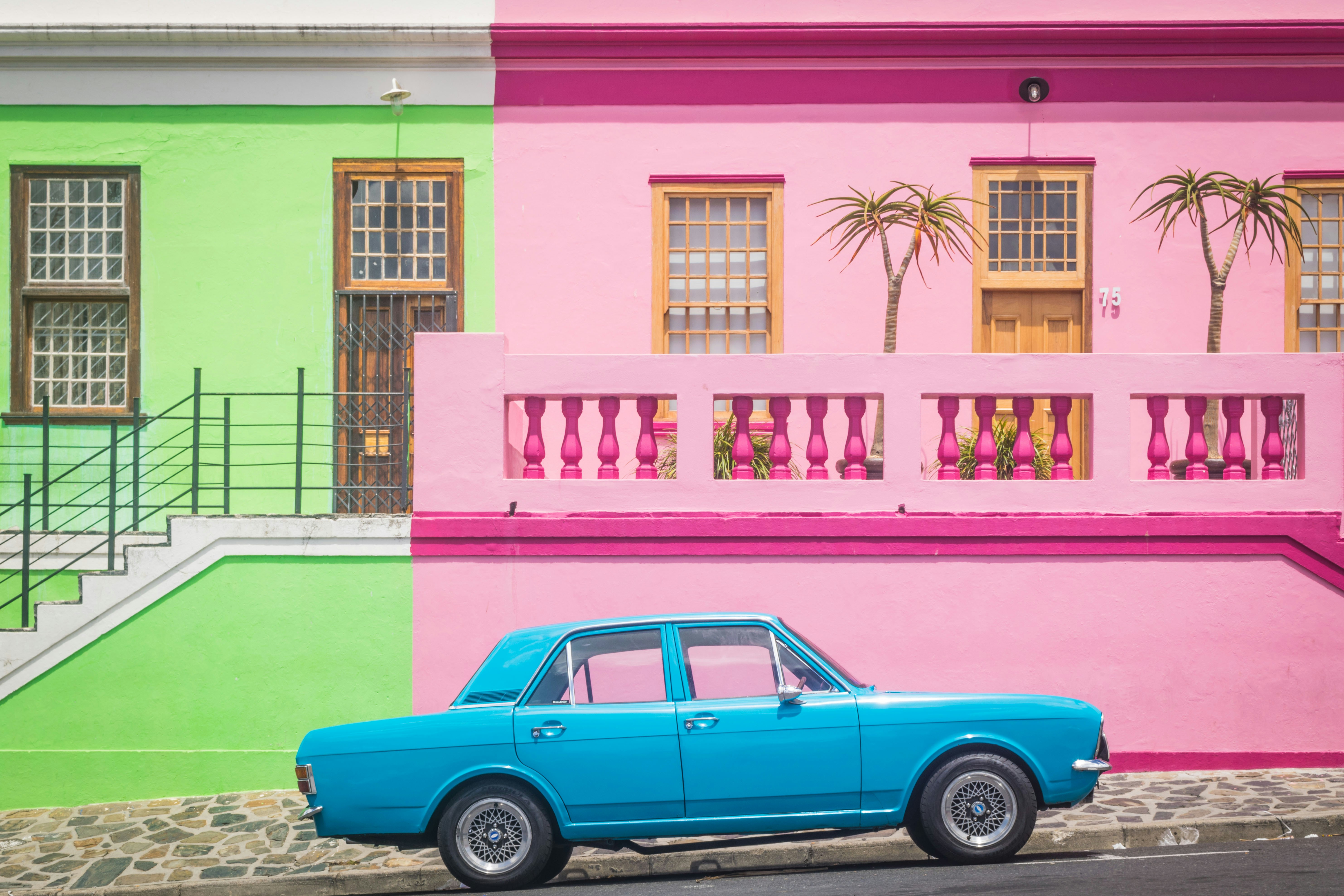The Psychology of Colors in Photography
Category:
ARTICLE
May 3, 2024
Colors play a crucial role in photography by influencing the emotions and perceptions of the viewer. Understanding color psychology helps photographers use colors strategically to create mood, tell stories, and evoke feelings.

Each color has its own emotional impact. Red is often associated with passion, love, and energy but can also represent danger and urgency. Blue evokes feelings of calmness, trust, and professionalism but can also be associated with sadness. Yellow is a color of happiness and warmth, while green represents nature, growth, and tranquility. By carefully choosing the dominant colors in an image, photographers can set the tone and mood of their work.
Warm and cool tones create different effects in an image. Warm colors like red, orange, and yellow create a sense of energy, excitement, or nostalgia, while cool colors like blue, green, and purple convey calmness, serenity, or melancholy. Using color temperature creatively can transform an image’s emotional impact.

Contrasting colors can make subjects stand out. The use of complementary colors, such as blue and orange or red and green, creates a striking visual effect that draws the viewer’s attention. On the other hand, analogous colors (colors that are next to each other on the color wheel) provide a more harmonious and balanced look.
Color grading in post-processing allows photographers to enhance the mood of an image further. Adjusting saturation, hue, and contrast can completely change the feel of a photograph. A desaturated, muted color palette can create a moody and cinematic atmosphere, while vibrant, high-contrast colors add energy and excitement.
Many famous photographers and filmmakers use color theory intentionally in their work. For example, Steve McCurry’s famous portrait "Afghan Girl" uses striking green and red tones to create an unforgettable image. Filmmakers like Wes Anderson carefully curate color palettes to give their films a unique and recognizable aesthetic.

By understanding and applying color psychology, photographers can take their work to the next level, creating images that not only look beautiful but also evoke strong emotions in the viewer.



